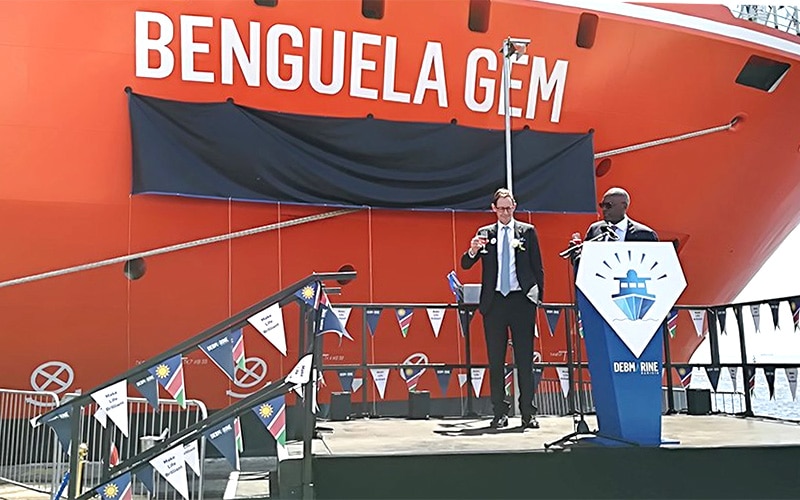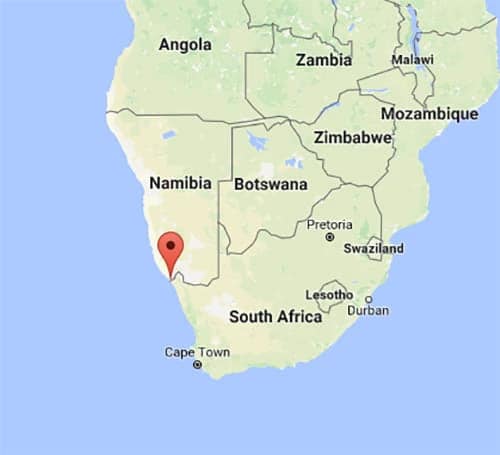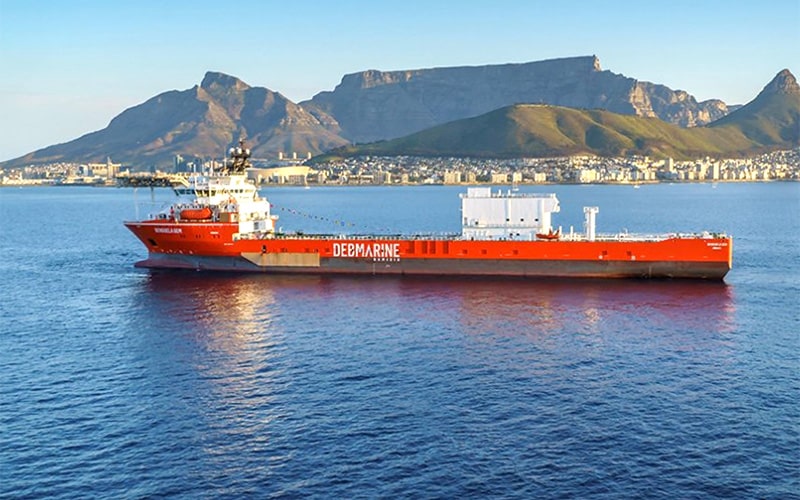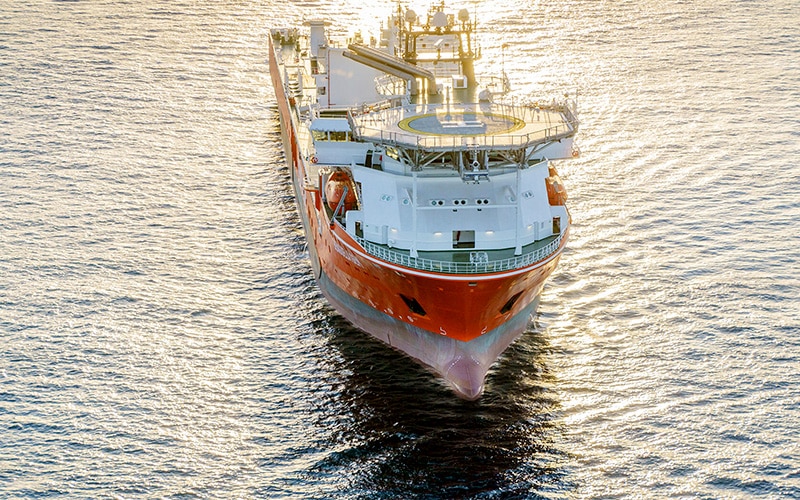Anglo American’s newest diamond recovery vehicle, the Benguela Gem, was recently inaugurated at the Port of Walvis Bay, Namibia. In addition to increasing Debmarine Namibia’s annual rough diamond production by 45% the vessel is expected to create 160 new jobs for the local workforce.
Namibia President Dr Hage Geingob, delivered the keynote address at the event, hailing the achievement as a stellar example of private sector and government partnership. He was joined by DeBeers’ CEO Bruce Cleaver, who further espoused the merits of collaboration.

A Nod to Nature
The name Benguela Gem pays homage to the Benguela Current, which is responsible for Namibia’s marine riches. In the same manner, authorities hope the vessel will recover and return high-quality diamonds shoreside, the sales of which ultimately benefit and nourish the country.

Green Passport
The Benguela Gem was built at the DAMEN shipyard in Romania before heading to Walvis Bay, Namibia, via Cape Town, South Africa. The vessel was constructed with parts from 27 different countries. In a nod to Namibia, some of the steelwork was fabricated in Walvis Bay. Modern aspects of the vehicle are a dynamic positioning system, which uses data collected over time to automatically optimize performance over changing weather conditions to minimize energy use. The Benguela Gem also boasts an environmental green passport, meaning it was designed to the latest environmental standards. The entire vehicle was designed to be recyclable at the end of its life.

Hidden Treasure
For countless ages a steady stream of rough diamonds tumbled down the Orange and Vaal Rivers to the sea, washed there from inland volcanic pipes. Distributed far and wide along the coast by tidal activity, millions of carats now lie hidden in the sediment under the territorial waters of Namibia.
Read more about oceanic mining in our previous GemBlog post, Cleaning diamonds from the ocean.




